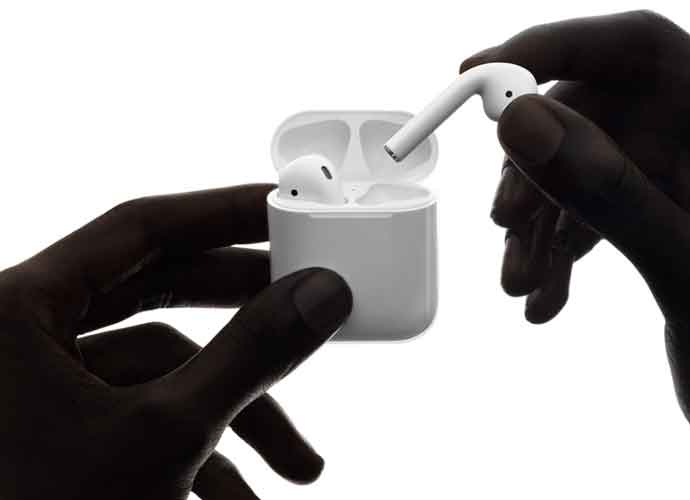Apple’s Revised AirPods Are Out, How Do They Stack Up To The Originals?

Apple AirPods
Apple’s AirPods are one of the tech giant’s most emblematic creations. One report implies the AirPods are the world’s most popular wireless headphones, and they have become a financial success for the company. And because of their impact, Apple saw fit to release a second generation iteration of their flagship headphones. (It’s rumored Apple is working on a proper AirPod successor, but don’t expect to see it soon.)
As with the earlier AirPods, your iOS device will immediately and effortlessly detect their new companions and connect to them. iOS devices even connect with these new AirPods slightly faster than those of old. Switching your new AirPods from one device to another is also a slightly shorter affair as well. This is thanks to the machines’ new H1 chipset. Additionally, the new AirPods support wireless charging, a nice amelioration even if its use is fairly limited because of the slow rate at which it charges wirelessly.
In other areas, the new AirPods are disappointingly on par with their predecessors: their battery life is the same (albeit the new AirPods are somewhat better equipped for long phone conversations), the sound quality is more or less the same, and the connection range has likewise not seen any improvements.
There are two models of this year’s AirPods on the market, a basic $160 model and a $200 one with a wireless charging case. Those of you who already own a pair of Apple’s flagship headphones may not require this updated batch; their improvements are merely refinements, not major new features. However, anyone yet to plunge into the AirPod realm may finally be compelled to do so. It’s still a quality product, now even more so.





